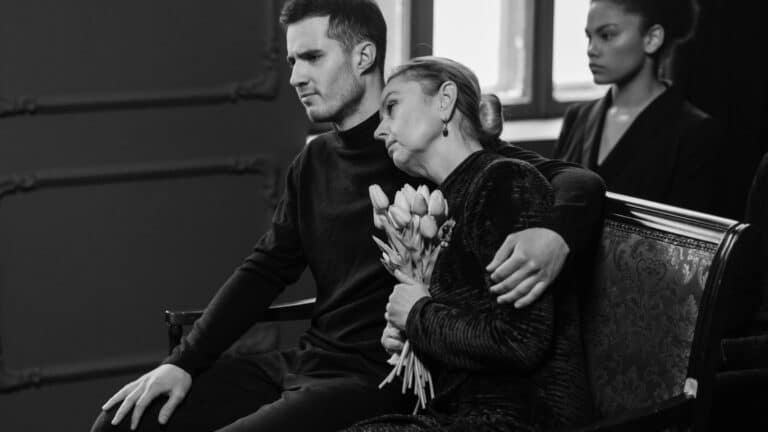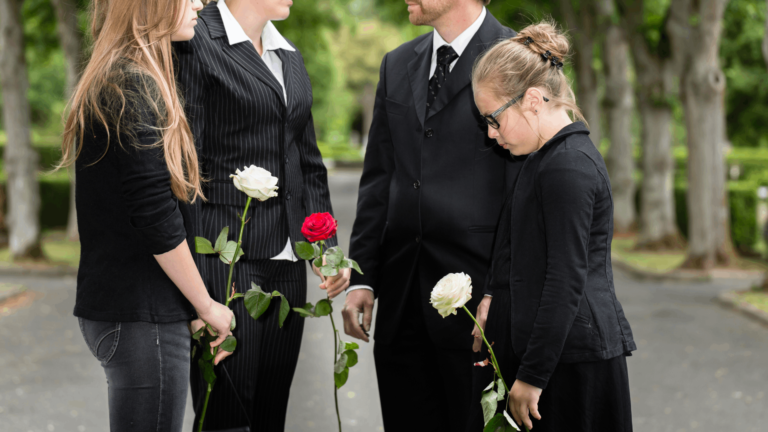Saying No to Someone with Borderline Personality Disorder: Strategies
Borderline Personality Disorder (BPD) is a complex and challenging condition that can make it difficult for those who suffer from it to maintain healthy relationships. One of the most difficult aspects of interacting with someone with BPD is learning how to set boundaries and say no without feeling guilty.
Saying No to Someone with Borderline Personality Disorder: Understanding the Condition
To understand why it can be so difficult to say no to someone with BPD, it is important to first understand the condition itself. BPD is characterized by a pattern of unstable and intense relationships, as well as a distorted sense of self and problems with impulse control. People with BPD often struggle with feelings of abandonment and rejection and may react strongly to perceived threats to their relationships.
Saying No to Someone with Borderline Personality Disorder: The Role of Guilt
For those who care about someone with BPD, it can be difficult to say no to their requests or demands. This is because people with BPD may react strongly to perceived rejection and feel hurt or abandoned if their needs are unmet. Those who care about someone with BPD may also feel guilty for not being able to “fix” the person’s problems or make them feel better.
Saying No to Someone with Borderline Personality Disorder: Strategies for Setting Boundaries
Despite the challenges, it is important for those who care about someone with BPD to learn how to set boundaries and say no when necessary. Some strategies for doing this include:
- Communicating clearly and directly: When setting boundaries or saying no, it is important to be clear and direct about your feelings and needs. Avoiding the issue or being vague can make the situation worse.
- Being firm but kind: While it is important to be firm in setting boundaries, it is also important to be kind and understanding. This can help to minimize feelings of rejection and hurt.
- Staying calm: When interacting with someone with BPD, it is important to remain calm and level-headed. Reacting emotionally can escalate the situation and make it more challenging to set boundaries.
- Taking care of yourself: Setting boundaries and saying no can be emotionally and mentally taxing. It is important to make sure to take care of yourself and practice self-care.
Seeking Help
For those who care about someone with BPD, it can be helpful to seek support from a therapist or counselor. A therapist can help you to develop strategies for setting boundaries and coping with the challenges of interacting with someone with BPD. They can also provide a safe space for you to process your feelings and emotions.
Conclusion
In conclusion, learning how to say no to someone with Borderline Personality Disorder or any other mental health condition can be challenging but with the right strategies, it is possible to maintain healthy relationships while setting boundaries. Remember, it is important to communicate clearly and directly, stay calm, take care of yourself and seek support when needed.
It is important to note that, the above-mentioned strategies are general and may not work for everyone. It is important to consult with a mental health professional to tailor the strategies according to the individual’s specific case.







